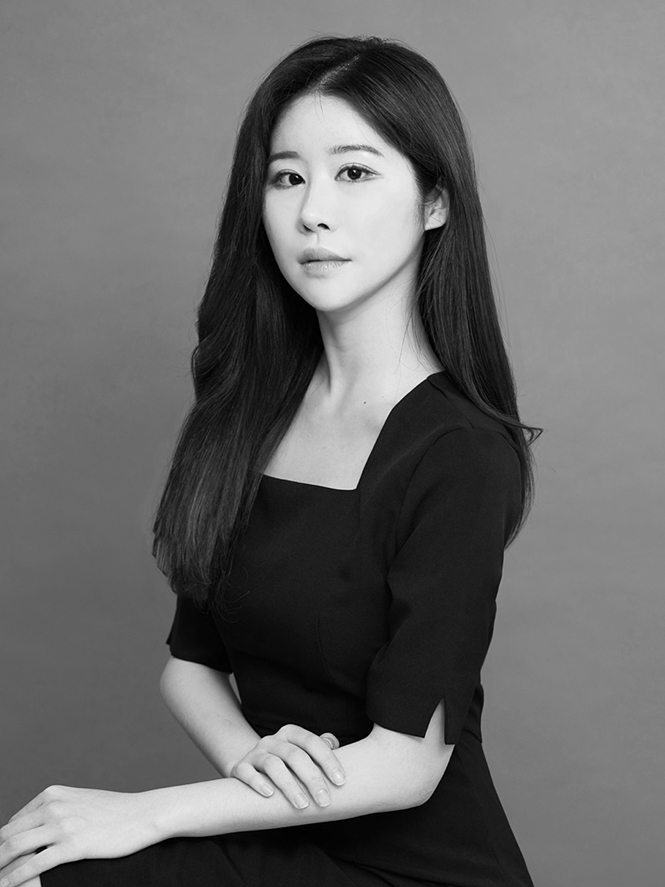Name
Journal
Current Status and Recognition of Artist Welfare Act of College Dance Majors
Abstract
Contemporary society’s culture and arts significantly contribute to the quality of life and happiness of individuals, and plays an important role in a nation’s power. However, unlike the culture and arts that change with the rapidly changing society, the rights of the artists and the welfare system for them have not been provided with realistic aids. The Artist Welfare Act was enacted in 2011 for the basic status and rights of artists, which had been neglected, and the Korea Artist Welfare Foundation was also established. Thereafter, measures have been taken for the artists’ welfare such as promotion of numerous businesses and various systems through the revision of the Employment Insurance Act. However, the dance field, where the focus is creative activities, still suffers from difficulties such as the limitation of measuring working hours and difficulties in securing social insurance. These facts describe the negative reality of the dance field and the vulnerability for the lack of social protections. Therefore, unless there are practical policy improvements that reflect the current situation, it will be difficult to reap the benefits of the artist welfare system in the future. In this study, a survey was conducted on the status and awareness of the Artist Welfare Act for dance majors, and the results of the study are as follows. First, regarding the “Awareness of the Artist Welfare Act of Dance Majors” question, “I have heard of it, but I do not know the contents.” showed the highest response. Second, regarding “the path I found out about the artist welfare project,” “I don’t know at all” was the foremost response. For “the project that I participated in or would like to participate in,” “supporting fund for artistic creation,”
“artist pass,” and “proof of artistic activity” got the highest response. Third, for “the most necessary welfare for dance artists,” “supporting fund for artistic creation” was the leading answer. These findings indicate that college dance majors are in a state of insufficiency in overall awareness related to the Artist Welfare Act. In addition, the results showed the greatest interest in economic welfare through dance performance projects, such as “supporting fund for artistic creation” and related support systems. It can be understood that the practical difficulties of artistic activities and economic difficulties experienced by college dance majors are closely related. Thus, this study provides useful data for artistic choreographic activities of university dance majors, suggesting means to promote them and improving their living stability. These findings can be expected to contribute to the development of the national culture and arts industry as a foundation for setting the direction of the “creative fusion of dance and artistic activities.”
